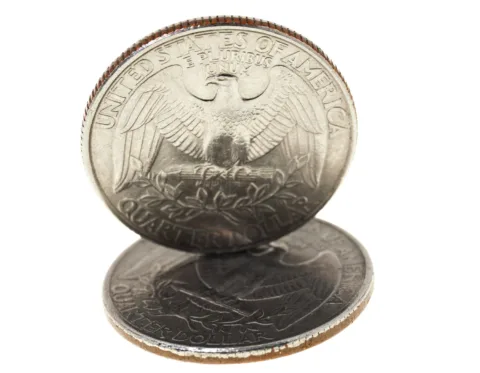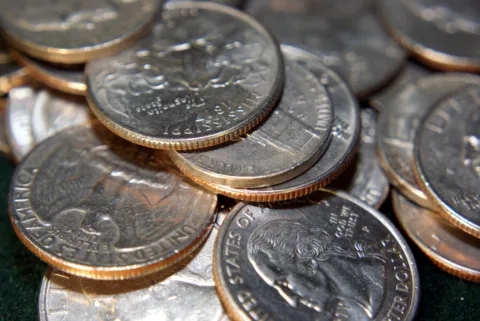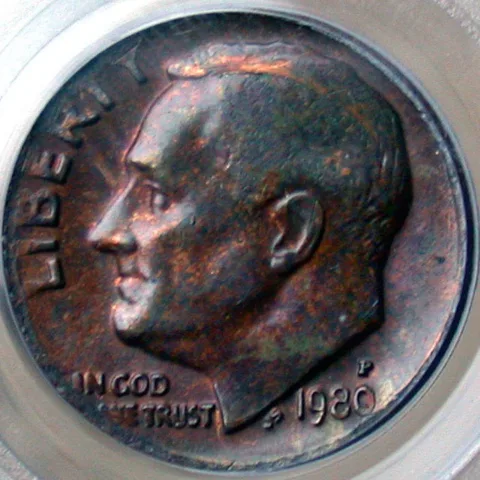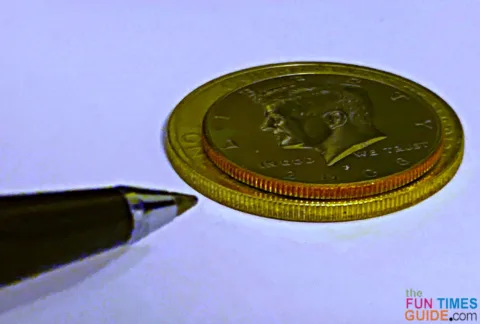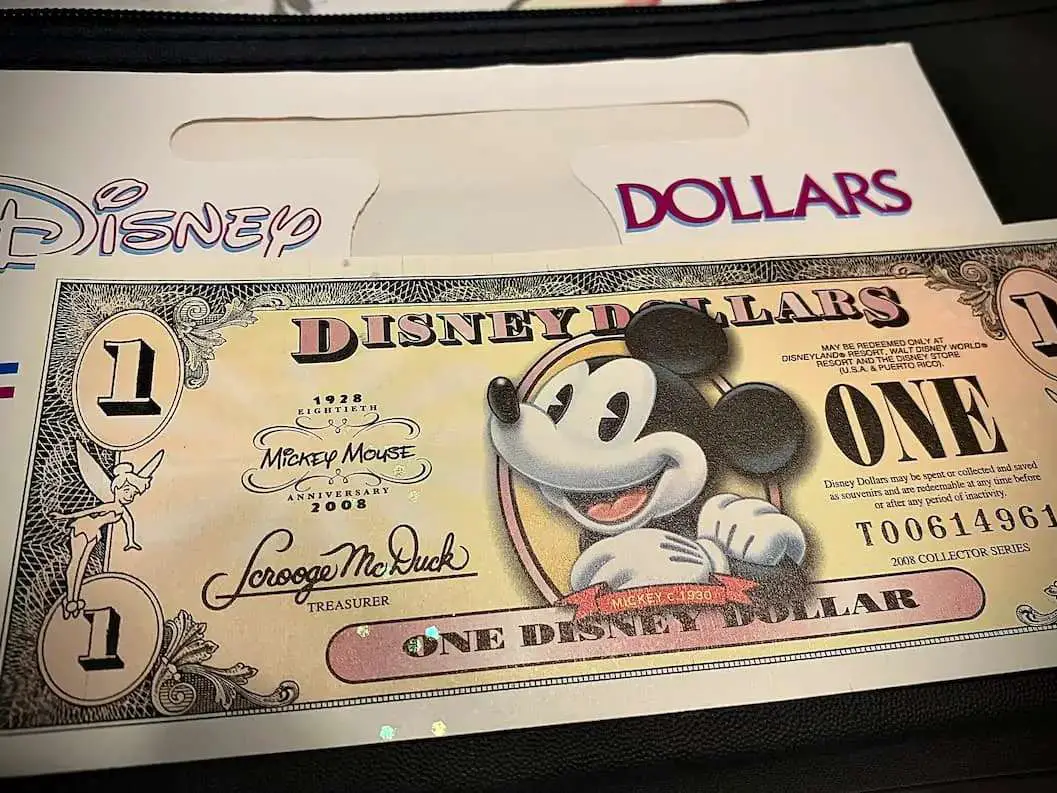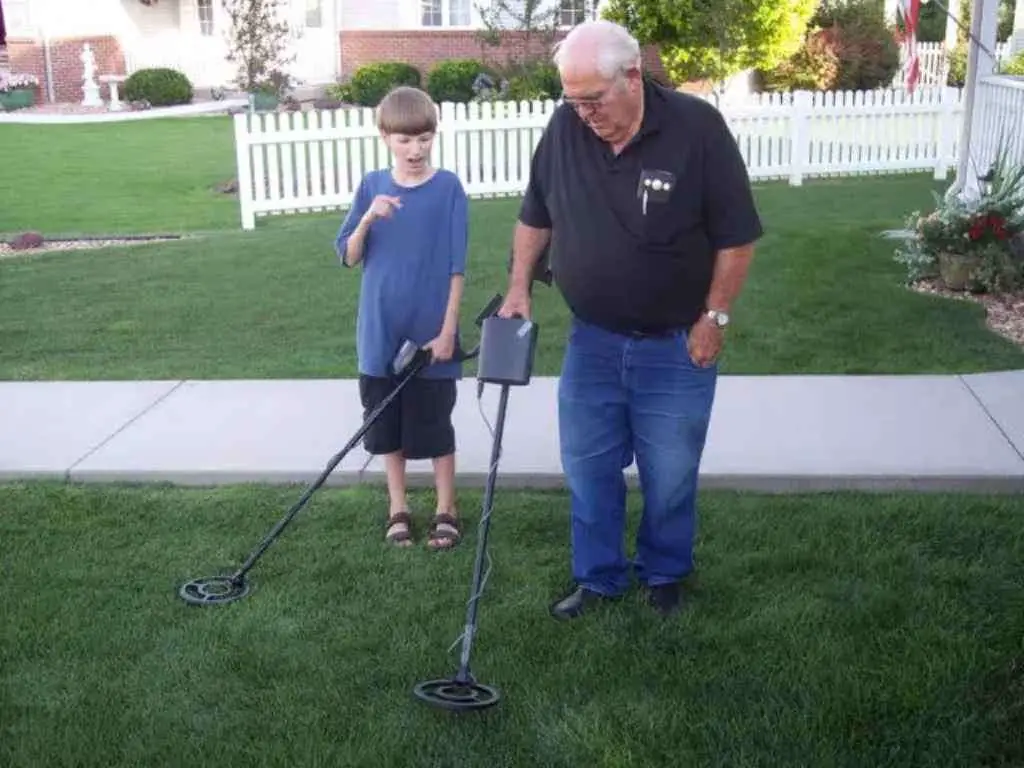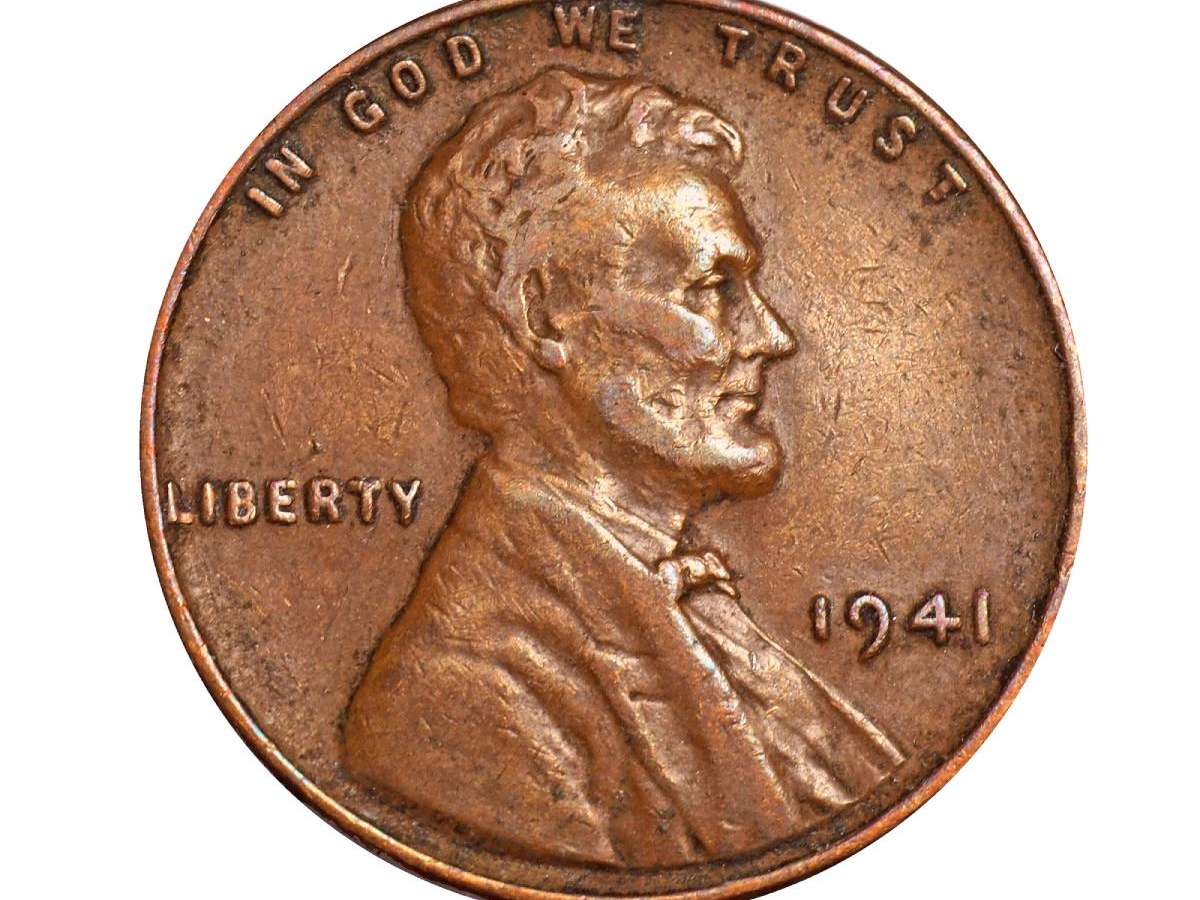Have you seen any coins that are missing a clad layer?
They’re very rare and valuable coins that may turn up in your pocket change!
Many folks want to know about these error coins and how they’re made.
Some common questions are:
- How can you tell if a coin is missing a clad layer?
- Why do coins lose some or all of their outer clad layer?
- How much are coins with missing clad layers worth?
Let’s get right to answering those questions!…
What Is A Clad Coin?
To understand the significance of missing clad layer coins, you need to know the basics about clad coinage.
Clad coins are those that are made from a sandwich of metals — usually 3 layers of metal.
Most of the circulating clad coins in the United States today consist of a copper core with an outer layer of metal that’s made from a copper-nickel alloy. This nickel layer forms the front and back (or obverse and reverse) of the clad coin.
Copper-nickel clad coins have been struck in the U.S. since 1965.
It is generally cheaper to produce than the 90% silver coins that these clad coins replaced.
How Can You Tell If A Coin Is Missing A Clad Layer?
A missing clad layer is a pretty obvious error that you can see with the naked eye.
When a copper-nickel clad coin is missing some or all of its outer (nickel) layer, the coin appears copper colored where the clad is missing.
- It may appear to be a brassy orange color or a dark brown brown color — or somewhere in between. It all depends on the degree to which the copper has begun assuming a natural patina (a thin layer of tarnish that naturally forms on the surface of copper over time).
- When only part of the clad layer is missing, you might see a strip of silvery colored outer layer and an area that is brownish in color.
- If part of the clad layer is missing and the core is exposed, you should also see a small “step” between the exposed core and the partial outer clad layer left behind.
- If all of the clad layer from one side is missing, the coin will look thinner than normal.
Missing clad layers is a particularly rare error — one that’s scarcer than most other types of coin errors. (Especially these days with tighter quality control at the US Mint.)
A List Of U.S. Coins That Could Be Missing A Clad Layer
U.S. coin denominations from the dime on up through the dollar coin have been made with various types of clad compositions since 1965.
The United States Mint has made coins with various types of clad compositions, including:
- Copper-nickel clad coins — The most common type, used for making dimes, quarters, half dollars, and dollar coins.
- Silver-copper clad coins — Used for striking Kennedy half dollars from 1965 through 1970 and Eisenhower dollars from 1971 through 1976. (The silver clad composition was also used for making select 1776-1976 Bicentennial quarters, half dollars, and dollar coins.)
- “Golden” dollars — Since 2000, the United States Mint has struck so-called golden dollars. They consist of a clad composition — with outer layers made from zinc, manganese, and nickel bonded to a pure copper core.
These are the U.S. coins that have been struck with a clad composition:
- Roosevelt dimes
- Washington quarters
- 50 States series quarters
- America The Beautiful series quarters
- Kennedy half dollars
- Commemorative half dollars
- Eisenhower dollars
- Susan B. Anthony dollars
- Golden dollars (including the Sacagawea, Presidential, and Native American dollars)
If you look at the sides of any of these coins, you should see the copper band around the edge. That copper band is the core to which the outer clad layers are bonded.
Why Are Some Coins Missing Clad Layers?
There are a handful of ways that a coin might lose its outer layer of metal.
Here are the 2 most common ways that a missing clad error coin is made:
#1 – Chemical impurities in the bonding process
Clad coins are created from bonding different metals together to form multi-layered metallic sandwiches.
When impurities get in the way during the bonding process, these impurities can cause the nickel clad layers to split off from the copper core — exposing the copper inside the sandwich. The clad layer may come off the entire coin, or it might flake off in segments. This can occur before, during, or after striking of the coin.
#2 – Manufacturing errors
Another way these missing clad errors are created involves a different type of manufacturing error…
Sometimes, error coins that are missing their outer layer of nickel clad happen when the outer strip of metal isn’t wide enough to overlap the copper core layer — which results in only part of the coin being cladded with its outer layer.
Do People Collect Coins With Missing Clad Errors?
Collecting clad coins with a missing clad layer is very popular — especially for the 50 State Quarters series.
Many collectors are even trying to build entire sets of 50 of the state quarters with one example of a quarter from each state missing its clad layer!
Such collections are very challenging to build and quite expensive, too. For example, the 2000 Maryland quarter missing its nickel clad layer is worth as much as $1,000!
How Much Is A Coin With Missing Clad Layer Worth?
Values for these cool error coins vary, depending on the individual coin.
What matters most is:
- How much of the clad layer is absent
- Which side of the coin is the affected side
Coins that are missing clad layers exhibit this defect to varying degrees and are classified by how much of the outer clad layer is missing and which side of the coin it is missing on. For example:
- A coin that is missing half of its clad layer on its reverse (tails) side is described as “50% missing reverse clad.”
- A coins that is missing the entire face of the outer layer on its obverse (heads) side is described as “100% missing obverse clad” or simply “obverse missing clad.”
Believe it or not, partial errors (such as 50% or 75% missing clad layer coins) are actually scarcer than errors on which the entire face of nickel clad is missing. But usually, these are worth less because collectors generally show preference to errors in which an entire face is absent its outer clad layer.
No matter how much or little of the clad layer is missing or where on the coin it is absent from, all missing clad layer error coins are very scarce and highly collectible.
Values are almost always $75 to $100 or more for missing clad layer coins. In fact, many of the 50 States Quarters that are missing the clad layer on the reverse (or “state side”) sell for $200 and up!
Missing Clad Layer Errors vs. Split Planchet Errors vs. Lamination Errors
Error coins with a missing clad layer aren’t numismatically categorized with split planchet errors — which are similar in nature but different.
Split planchet errors occur on solid metal coins (such as alloyed coins like bronze pennies or copper-nickel five-cent coins) and occur due to impurities in those planchets.
Split planchet errors are also similar to lamination errors — which occur when parts of the coin flake off, due to impurities or other abnormalities in the planchet.
I’m the Coin Editor here at TheFunTimesGuide. My love for coins began when I was 11 years old. I primarily collect and study U.S. coins produced during the 20th century.
I’m a member of the American Numismatic Association (ANA) and the Numismatic Literary Guild (NLG) and have won multiple awards from the NLG for my work as a coin journalist. I’m also the editor at the Florida United Numismatists Club (FUN Topics magazine), and author of Images of America: The United States Mint in Philadelphia (a book that explores the colorful history of the Philadelphia Mint). I’ve contributed hundreds of articles for various coin publications including COINage, The Numismatist, Numismatic News, Coin Dealer Newsletter, Coin Values, and CoinWeek.
I’ve authored nearly 1,000 articles here at The Fun Times Guide to Coins (many of them with over 50K shares), and I welcome your coin questions in the comments below!

